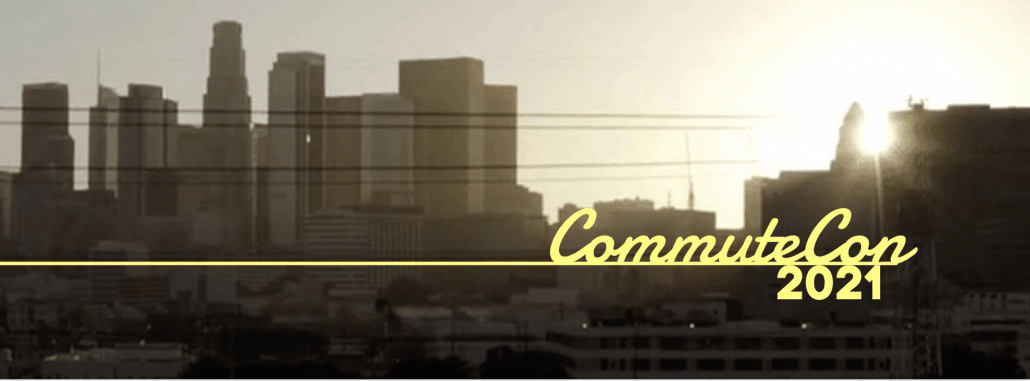Exploring Change in Transportation Demand Management
The past year has been one of the most challenging in memory for many in the transportation demand management industry. Widespread workplace shutdowns erased tens of millions of jobs in the United States alone, leaving highways, transit hubs, bus networks, and subway stations eerily silent. The pandemic’s protracted course has only added to the uncertainty, with the light at the end of the proverbial tunnel continuing to blink in and out as we head toward the seventh annual CommuteCon in April 2021.
Yet, despite these challenges, the past year has also been a catalyst for great change: the traditional workplace might never be the same after months of mass telecommuting, and shifting priorities have inspired many to seriously rethink the way we get around. At the same time, safer and healthier ways to access shared transportation have found the spotlight, while a transition in federal governance signaled intriguing policy changes.
CommuteCon 2021 will examine the lessons we learned in 2020 and look ahead to where these changes might lead the transportation demand management industry in 2021 and beyond. We are in the midst of transformative and regenerative change, and here’s a sneak peek at how the upcoming edition of CommuteCon will advance the unfolding conversation.
Transportation demand management policy appears headed for a new era
The new presidential administration appears committed to enacting major policy changes that stand to have a transformative impact on the way people get around. These include:
- Ambitious targets for reducing vehicle miles traveled (VMT), including a proposal to supplement or replace the gas tax with a VMT tax
- Shared transportation investment models that get state and local officials more involved
- Minimizing or getting rid of municipal parking requirements, signaling an expected decrease in the number of cars requiring parking in the future
- A likely shift toward more public transit and mass commuter solutions
It’s still too early to predict exactly where these policy ideas will end up, but CommuteCon’s expert panelists will offer their insights.
Shifting priorities are redefining the TDM landscape
One of the most profound and important concepts currently regenerating the transportation demand management landscape is not directly related to emissions, infrastructure, or support for certain modes at the expense of others. Instead, it has to do with the very philosophies that underlie and inform transportation demand management strategies. This concept is widely known as transportation equity (or transit equity).
Transportation equity grows from the principle that transportation access is a public good and a public right, and should equally serve people of all classes, races, and socioeconomic standing. Transportation leads to opportunity, and equity-focused policies strive to make those opportunities more readily available to everyone.
What matters to commuters in the COVID-19 age?
Health and safety have rocketed to the forefront as top concerns of commuters in the time of COVID-19, but transportation demand management professionals are also looking at other important priorities. These include:
- Increased workplace flexibility
- The rise of hybrid onsite/offsite working
- No more parking defaults
As commuter priorities shift, transportation demand management strategies will need to shift as well. A near-term direction is just beginning to take shape, and our presenters will weigh in with their thoughts on where things may be heading.
Will traditional commuting ever come back?
One of the most intriguing aspects of the current debate centers on whether commuting as we knew it will ever be the same again. Some transportation demand management insiders believe daily commuting will quickly return to normal, while others think it has changed forever and will never go back to the way it used to be.
CommuteCon 2021 presenters will explore this and many other uncertainties about how things will play out in the months and years ahead.
Answers are still emerging and CommuteCon is a forum for continued conversation
Above all else, CommuteCon 2021 will serve as a safe and engaging place for professionals to exchange ideas about transportation demand management strategies and policies for a post-COVID world. Our goal is to inspire an impactful, insightful, and ongoing discussion around these and other key issues facing the TDM community in this unprecedented time.
Join us at CommuteCon 2021 for a fascinating glimpse into the future of transportation demand management. Sign up for the CommuteCon mailing list to get registration and speaker updates.







